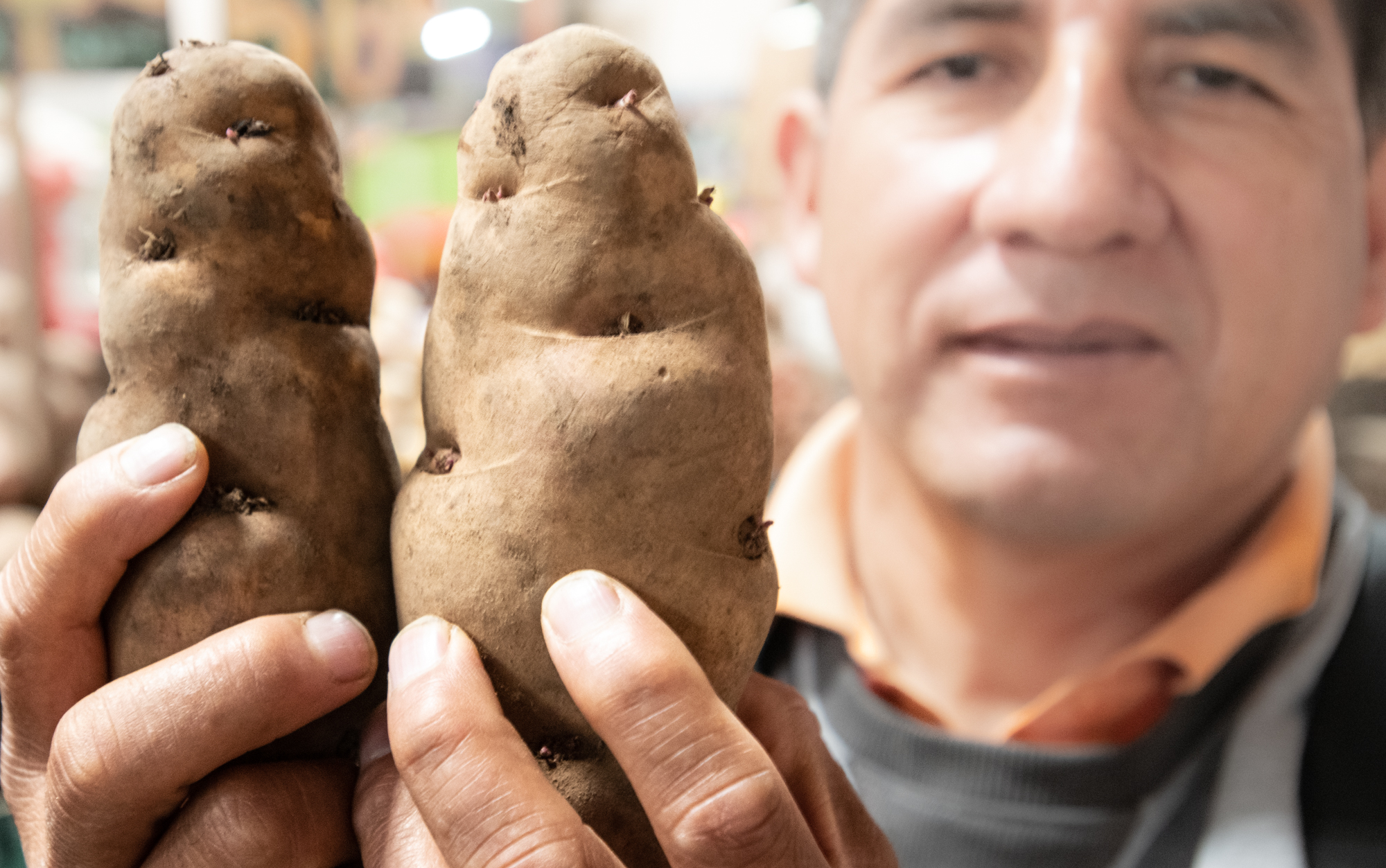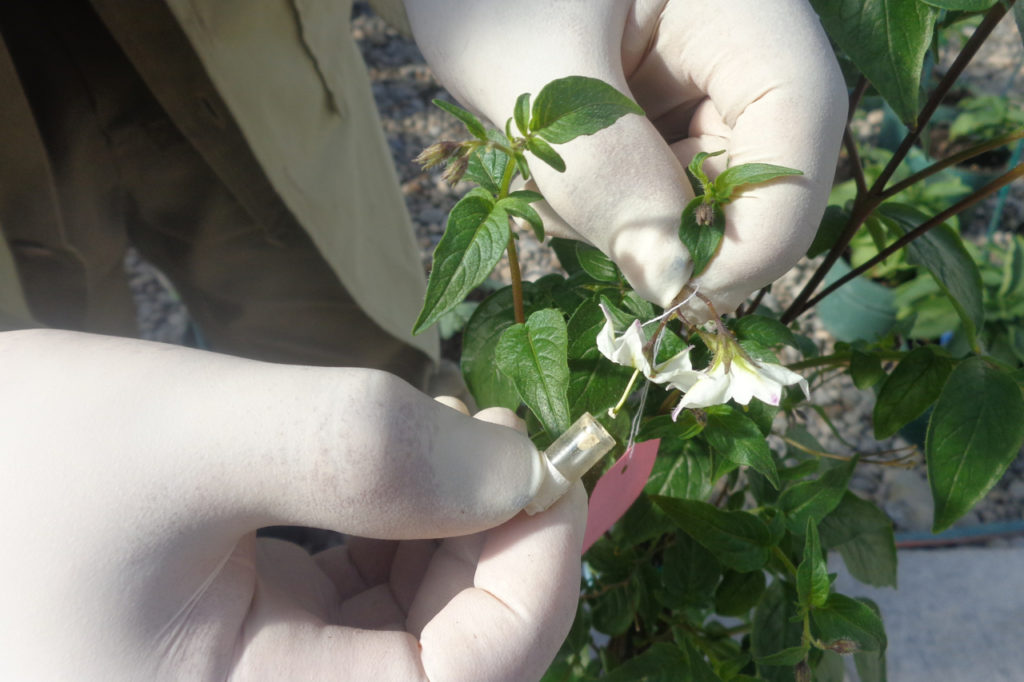Potato
Solanum tuberosum
Potatoes originated in the Andes of South America.
Potato is an annual plant that produces edible tubers. It is the most important tuber crop worldwide. Potato is grown across temperate and some tropical areas in the world, and it is the fourth most important crop worldwide (after maize, wheat and rice).
Collecting
Collecting Projects
The crop originated in the Andes Mountains of South America. It is estimated that its domestication took place about 7000 BP. Andean cultivated potatoes are highly diverse, with high levels of polymorphism and polyploidy, and different taxonomic treatments. Potato was introduced to Europe by the returning Spanish Conquistadores during the 16th century. Later, between the late 16th and early 17th century, European traders expanded the crop to Asia and Africa.
Collections
The largest potato collections are in the Leibniz-Institut für Pflanzengenetik und Kultupflanzenforschung (IPK), the USDA-ARS genebanks and the International Potato Center (CIP). Genesys lists about 25,000 accessions, 19% of which are landraces and 24% wild relatives.
Potato is conserved as botanical seeds, live plants in the field and in vitro plantlets. Eleven collections together conserve 86% of the total number of accessions, as reported in the global strategy for the ex situ conservation of potato.
Complementary efforts to conserve potato diversity in its center of origin include the Parque de la Papa, where six local Quechua communities use, manage and protect more than 600 potato landraces. CIP collaborates with the Potato Park by repatriating disease-free cultivars and supporting traditional practices for food security and local development.
Potato cultivars do not breed true from seed. As a result, genetic resources are mainly conserved in clonal collections as tubers, in vitro tissue cultures and cryopreservation.
Wild potato genetic resources, on the other hand, are conserved primarily as botanical seed collections. Wild potato species have a wide geographical distribution, from the south-west of the United States to the central part of Argentina and Chile, from sea level up to 4500 masl in a wide range of environments. Wild potato species include diploids, triploids, tetraploids and hexaploids. Each species shows different characteristics of reproduction; most are outcrossing to varying extents although a small group could be 100% self-pollinating.
Complementary efforts to conserve potato diversity in its center of origin include the Parque de la Papa, where six local Quechua communities use, manage and protect more than 600 potato landraces. The International Potato Center collaborates with the Parque de la Papa by repatriating disease-free cultivars and supporting traditional practices for food security and local development.


